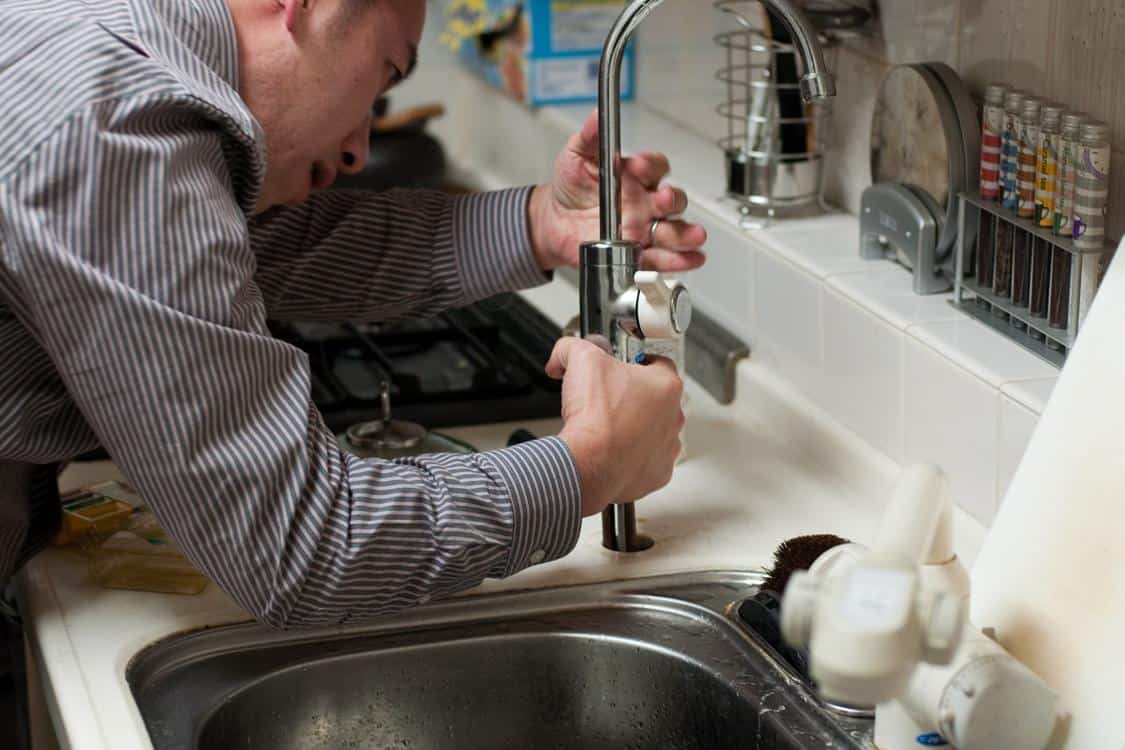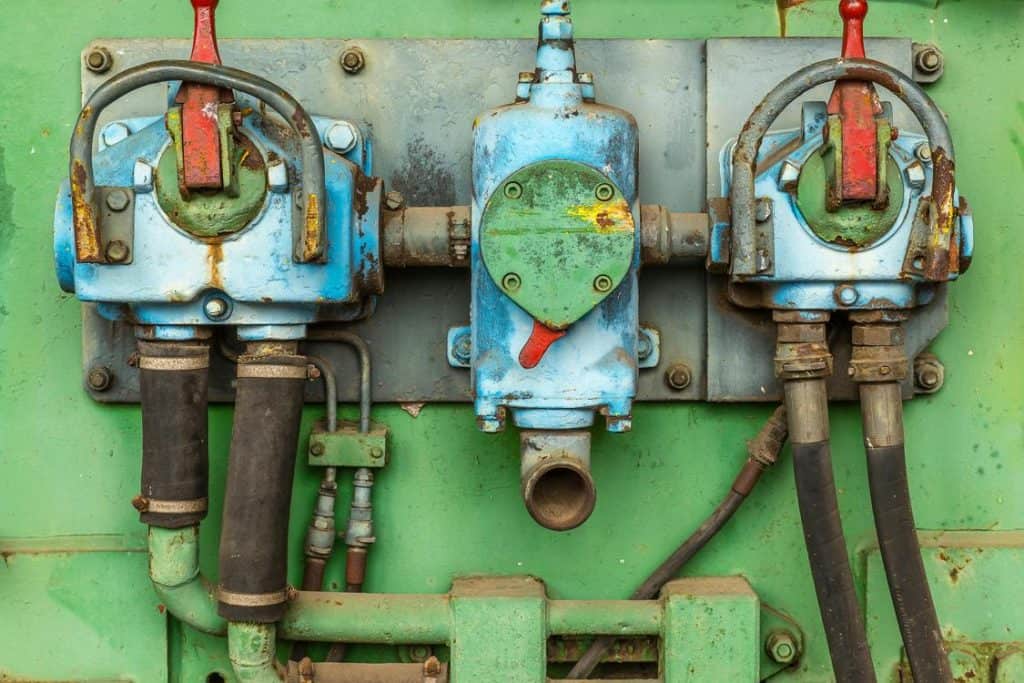The plumbing system is complex, but DIYers can handle many repair and maintenance tasks. Knowing your limits is key to avoid damage or safety hazards.
Keep drain strainers or screens in tub and shower drains to catch hair and soap residue, which reduces the risk of clogs. Maintaining water pressure also minimizes clogs.
Know Your Limits
When a plumbing emergency arises, a homeowner can feel overwhelmed and unsure where to start. However, learning a few essential DIY plumbing tips can demystify the world of pipes, fixtures and drains, empowering homeowners to take proactive measures in their homes.
Taking on DIY projects is a great way to save money and learn new skills, but it’s important for homeowners to know when it’s time to call in the professionals. Recognizing when a project requires professional intervention will prevent potential hazards and ensure a successful outcome.
Some DIY plumbing projects require a high level of expertise and skill to complete safely and correctly. Major leaks, burst pipes and sewer line backups are all serious issues that should never be attempted on your own and require expert attention. Homeowners who understand their plumbing systems and recognize when a project requires professional assistance will be better equipped to handle future repairs or maintenance tasks.
For example, a minor issue like a slow-draining sink or bathtub can be fixed by using a plunger or drain snake to dislodge the clog. Regularly cleaning out drain strainers and screens in tubs and showers can also help reduce the risk of clogs and encourage proper drainage. Additionally, avoiding flushing products such as wet wipes and choosing septic-safe toilet paper can limit the amount of debris that enters the system and causes clogs.
Another common DIY mistake is over-tightening connections or fittings. This can strip the screws and cause further damage to the system. It’s also important to remember to be careful when using harsh chemicals that may damage fixtures or corrode pipes. Lastly, be sure to check the water quality regularly, as mineral buildup can lead to clogs and other problems in your home.
Overall, understanding your plumbing system and implementing a few simple DIY solutions can help reduce the risk of costly repairs and improve the longevity of your home’s plumbing. By identifying complex issues, encouraging preventative maintenance and knowing when to call in the experts, homeowners can achieve a healthy and thriving plumbing system. Contact B&L Plumbing to learn more about our comprehensive plumbing services for homeowners in the Kansas City metro area.
Know the Location of the Shut-Off Valve
One of the most important DIY plumbing tips is knowing where your main water shut-off valve is located. This will allow you to quickly shut off the water supply in the event of an emergency, such as a burst pipe. This will minimize the amount of damage caused by the leak and prevent any further flooding or water damage from occurring in your home.
You can usually find the main water shut-off valve in your basement or crawl space, in a utility area, or in the garage. It is also common for older homes to have the valve buried outside near the water meter. In this case, you may need a wrench to remove the cover and turn off the water.
It is also a good idea to use drain strainers in your sinks and bathtubs, as these simple tools can significantly reduce the number of clogs that occur. By trapping hair, soap residue, and other debris before they have a chance to flow into the pipes, these devices will prevent many of the common causes of clogs. This can save you time, money, and frustration down the road.
Another great tip is to regularly clean out your drains. This will prevent buildup and clogs from occurring in the first place, which can lead to costly repairs down the road. In addition to regular cleaning, it is a good idea to install a water filter in your kitchen faucet, as this can also help with reducing the number of clogs that occur.
Many plumbing problems can be solved with a little bit of research and preparation on your part. You should have a bucket to catch the water, a plunger, and a variety of wrenches in different sizes (including Allen keys). Additionally, it is a good idea to have duct tape, leak sealing tape, and a strong glue around for emergencies.
Some of the most expensive repairs that homeowners face are due to leaking or broken pipes. These can be very costly to repair, so it is a good idea to learn as much as possible about your home’s plumbing system and how to perform basic maintenance, or check out cost effective experts like the Shreveport plumbers.
Have the Right Tools

While calling a plumber is certainly the best solution for many plumbing issues, there are some minor jobs that homeowners can handle on their own. With a little knowledge, the right tools, and a willingness to get messy, homeowners can save money and gain a sense of accomplishment by fixing common problems themselves.
The first step in tackling DIY plumbing is knowing where your home’s shut-off valve is located. This is important because it allows you to turn off water flow to a specific fixture or pipe in an emergency, minimizing damage and allowing you to make repairs. It is also helpful to know where your water meter is, as you will need this information if you ever have to turn off the water to the entire house.
A basic tool kit for DIY plumbing should include a pair of pliers, a wrench, and a plunger. Pliers are used for gripping and turning parts, while wrenches provide the leverage needed to remove rusted or old fittings. A pair of rubber gloves will also come in handy for protecting your hands during the job. Another essential tool is Teflon tape, which can be wrapped around the threads of pipe fittings to create a seal and prevent leaks.
Other plumbing DIY tips for homeowners include using drain strainers and showerheads to prevent clogs. These simple devices can significantly reduce the amount of hair, soap scum, and other debris that ends up in drains and pipes. By incorporating these into your cleaning routine, you can help prevent costly and inconvenient plumbing emergencies.
Another quick and easy DIY plumbing tip is to install a new showerhead. An older, clogged showerhead can dramatically affect your shower experience and water use. By replacing an outdated showerhead with a more efficient model, you can cut your water bill and enjoy a better experience each time you take a bath or shower.
Know the Proper Procedure
There are few things more frustrating than a clogged drain or leaky faucet. While calling a plumber can be the quickest and most effective solution, homeowners can learn to take on some of these projects themselves. The key is to prioritize safety and have the proper tools. Mastering DIY plumbing can save money and give homeowners a sense of accomplishment and independence.
One of the most important DIY plumbing tips is to understand how your home’s pipes and fixtures work. This knowledge can help you spot potential problems before they occur, and it will also make it easier to perform repairs and upgrades. It is also a good idea to familiarize yourself with the types of pipes used in your home, including their materials and colors. This will allow you to identify and distinguish between different pipe materials when working on a project.
Another tip is to learn how to shut off the water supply to individual fixtures. This will allow you to stop the flow of water to a specific fixture without affecting the rest of your house when performing DIY plumbing tasks. For example, if you are working on a leaky sink, you can turn off the valve under the sink to prevent flooding while you perform the repair. This will also prevent water from flowing into places where it is not supposed to go, which can lead to costly damage and wasted water.
Finally, it is a good idea to invest in a water test kit so that you can learn more about the quality of your home’s water. This will help you determine if your water has high mineral content, which can cause clogs and other issues. You can then purchase filters or water softeners to reduce the amount of minerals in your home’s water.
By following these simple DIY plumbing tips, you can keep common household problems at bay and even complete some major plumbing repairs. Just remember to always prioritize safety, have the right tools on hand, and know your limitations. With a little practice, you can become your own plumbing hero.




